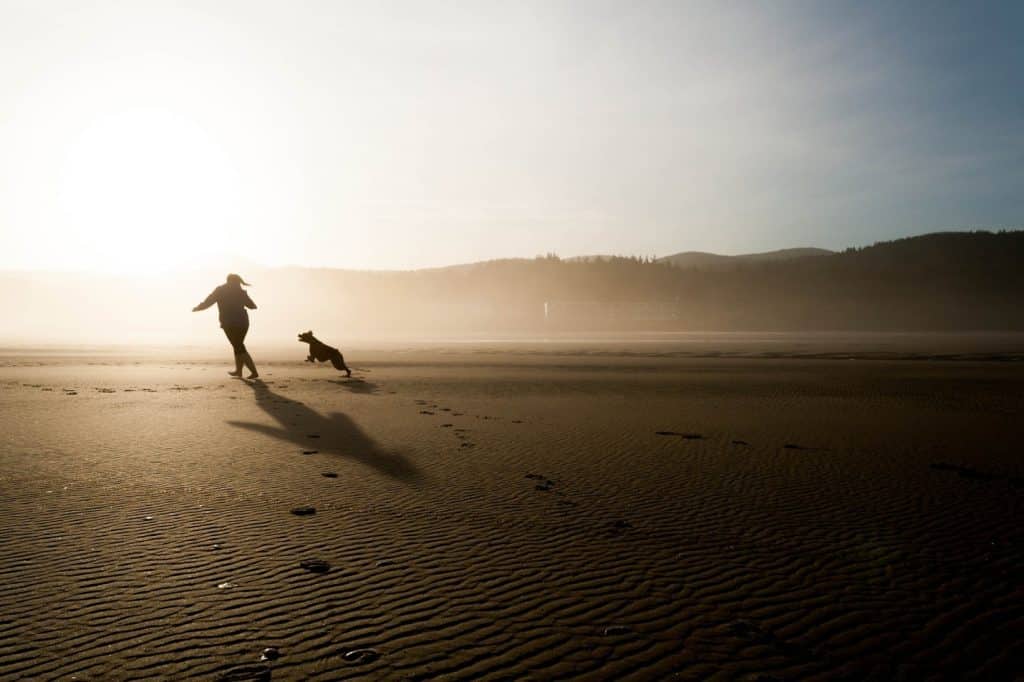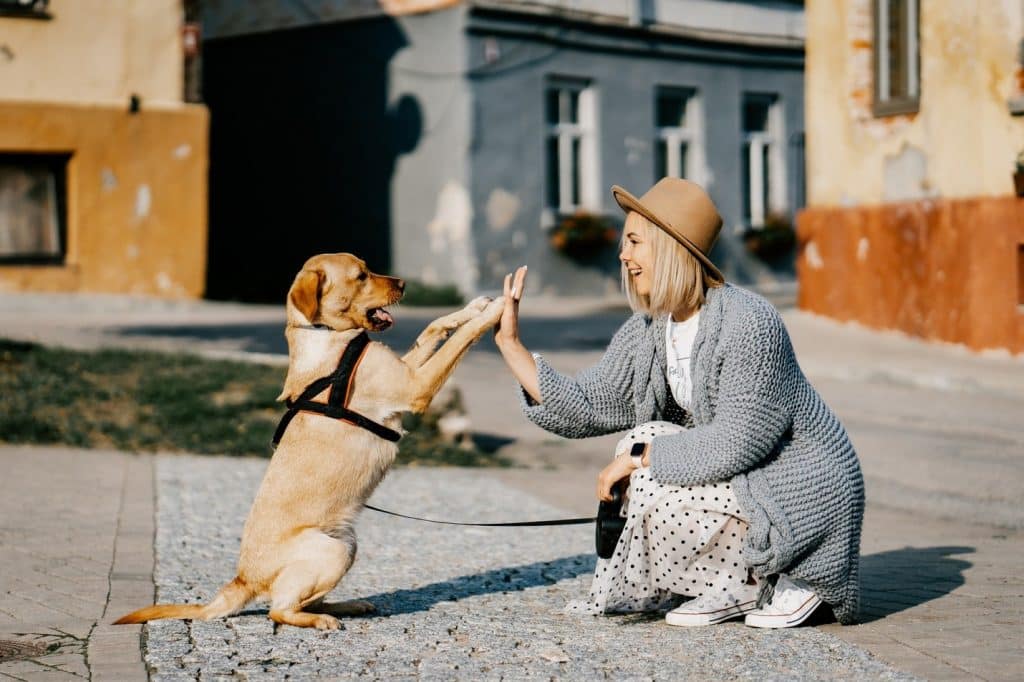

How Do You Train A Dog Not To Run Away
You can’t afford to have your pet dog run away and put themselves in danger. Read this blog post to know how you can train a dog not to run away.
When you bring a dog home, it’s no different than welcoming a new member to your family. Just like you can’t imagine having any of your family go missing, you can’t let your dog go missing either. Just the thought of your dog leaving home and not returning is a terrifying feeling. Pet dogs are usually not as wild and rough as stray dogs, and the thought of your dog being attacked by street dogs or meeting an accident is enough to bring chills down your spine.
Some dogs just won’t listen. They’ll rush out the door the moment they get a chance. Some may even jump fences. You can’t keep your pet dog under your surveillance every minute of the day, and therefore, you need to think of something that will keep your dog from running away. What you need to do is train your pet dog not to run away. And mind you – it might not be as easy as it sounds.
This blog post talks about just that. We’ve listed down some of the ways in which you can train your pet dog not to run away. Let’s dive into it right away!
Practice Good Timing
Your dog won’t just listen to you and obey your commands the first time you call them out. If your dog rushes out the door the moment you open it and you call them out to ‘stop,’ they won’t stop unless trained to do so. And to train them successfully, the first requirement is to practice good timing and set your dog up for success.
What we mean is to give your dog a command in a situation where they are most likely to listen to you. Make sure that it isn’t distracted or busy doing something else of its liking. If the dog is doing something that it seems to enjoy, let it finish before calling them out. This way, your pet dog will be attentive to you, and the chances of it listening to you and obeying are fairly high. In a way, you’re setting up your dog for success.
Commanding your dog to do something when they’re distracted or inattentive will only condition them to ignore you, which is definitely not what you want!
Run Away From Your Dog

If your dog runs away from you when unleashed, you should run away from them instead of running towards them. As much as it sounds odd, animal behaviorists agree that it’s one of the most efficient ways of making your dog run back to you. When you run after a dog, they might anticipate it as a game of run and chase and run further away. However, when you run away from them while looking at them happily and excitedly, the dog will perceive it as a game where they’ve got to chase you! Jump and hop while you’re running. It’ll give off playful and excited vibes to your dog and will draw them towards you.
Call Out To Them In A Friendly and Happy Tone
The thing that makes dogs the best pets is their ability to read and understand human emotions. They’ll judge by your voice whether you’re happy, sad, excited, or angry and act accordingly. If you command your dog to stop angrily, they’re less likely to listen. However, if you call out to them in an excited and happy tone, they’ll most definitely respond. If you command them in an angry tone, they’ll anticipate as a sign that they’ll be punished, and that would frighten them, thereby reducing the chances of them returning to you upon your call. So, be patient, and communicate with your pet dog in an excited and happy voice.
Make the Training Sessions Fun
Dogs are fun-loving, happy creatures. However, they also tend to get bored with activities soon. If you include the same activities in your training session every time, they’ll get bored and might stop being attentive. You should make sure that you include lots of different activities to train a dog not to run away. The more fun the training is, the better your pet dog will respond to it.
Don’t End the Fun Abruptly
Just like a child would ask for “5 more minutes” when they’re having fun doing something, your pet dog may want to stay a little longer, doing what they’re enjoying. One way to train a dog not to run away is by no ending their fun abruptly and don’t command them to follow you right away. Instead, give them some space. Call them out, leash them, and let them do what they’re doing for some time more. Commanding them to stop doing what they are and using a commanding tone may make them run away from you – exactly the opposite of what you want.
Reward Them Often

Dogs respond to reward treatment. If you call out to them while they’re running away and they come back to you, reward them for listening to you. This way, every time you call them while they’re running away, they’ll come back for a reward. So, remember to reward them often. It’s one of the most important tips when you’re training your dog to not run away!
Repeat the Training Every Day
Whatever activity you’re doing to train a dog not to run away, you should repeat it every day till you know your dog is fully trained. Don’t skip training days as it will result in your dog disengaging with the routine, and you might have to start from the start. Stay consistent and repetitive with your training, and soon, your dog will be trained not to run away from you!
Training a dog requires a lot of time and commitment. They’re animals, after all, and you can’t expect them to learn things in one go. So, be patient and stay consistent. That’s all that matters!
Discover how to create a joyful, healthy home for your pet.
Subscribe to your weekly rundown of practice, real life ideas and training tips straight to your inbox.


